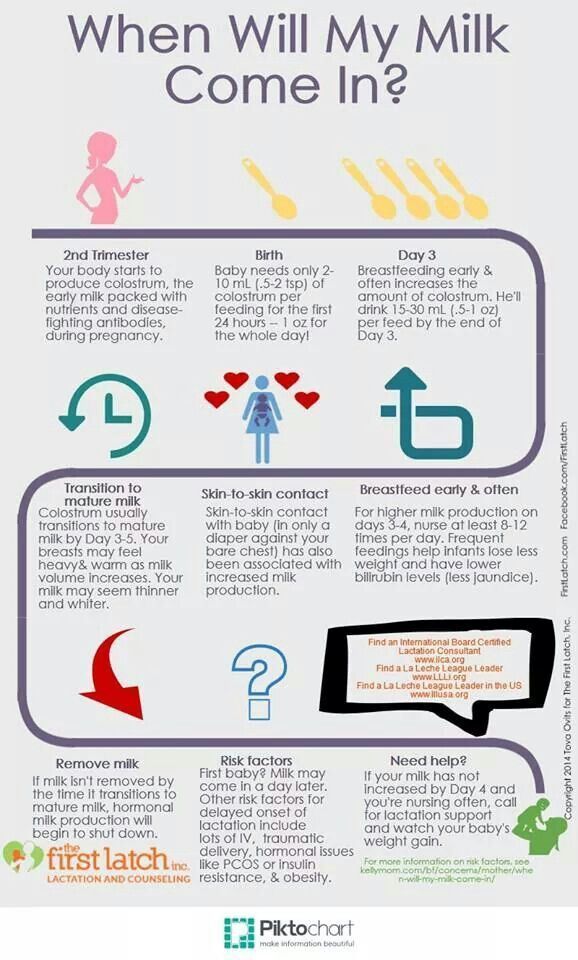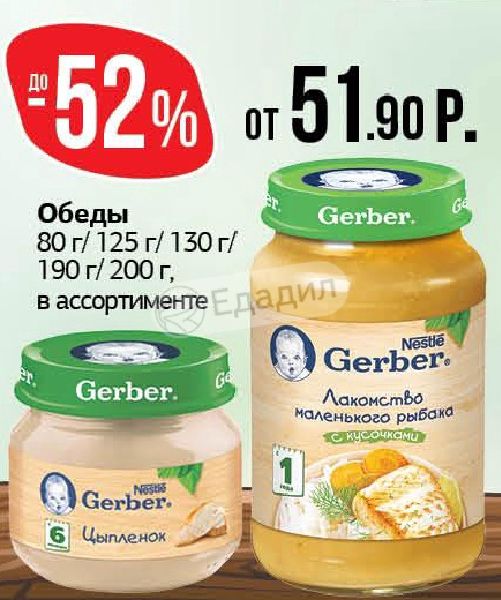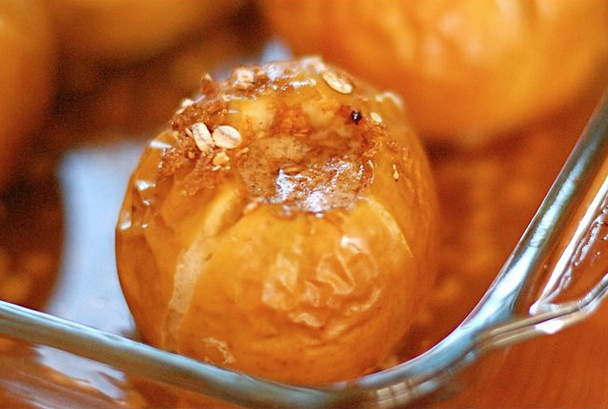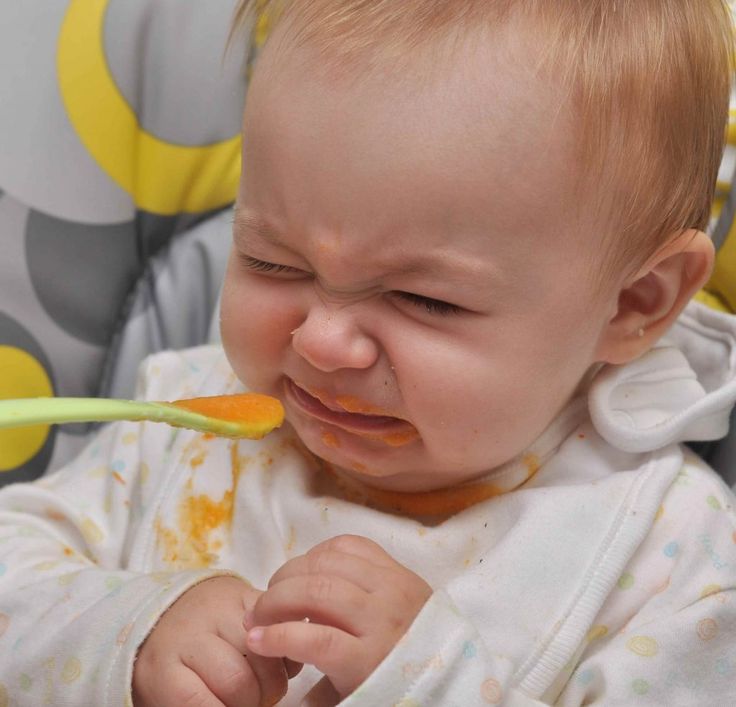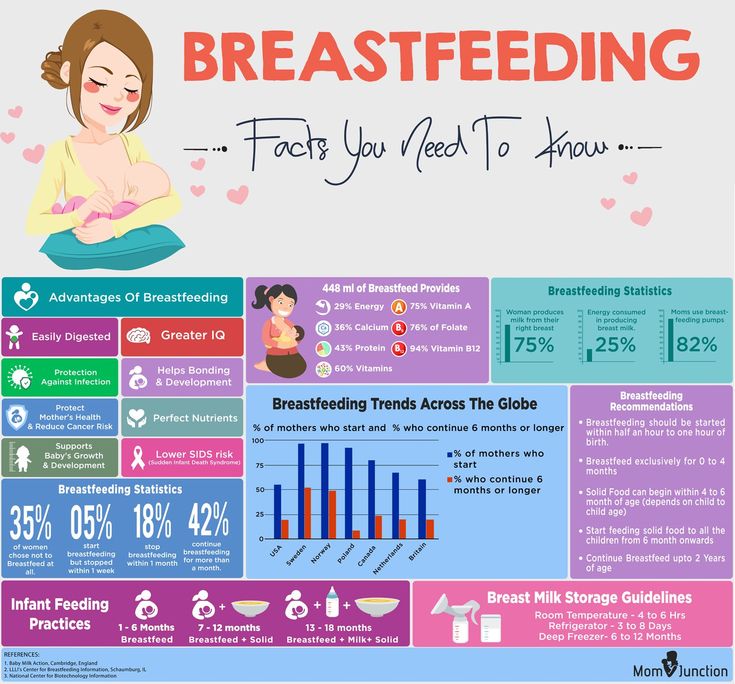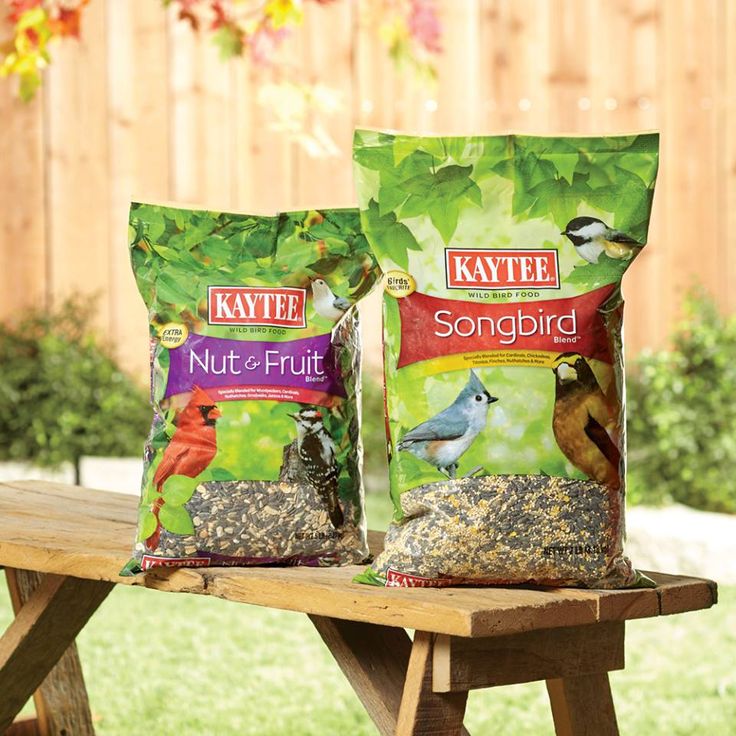Good table food for babies
Best Finger Foods for Babies: The Ultimate Guide
How exciting that your baby is about to graduate from mushy foods to finger foods! This is a big step in your little one’s development. However, you may be wondering when’s the right time to start finger foods, and how to tell that your baby is ready. We’ll answer all these questions and more, plus give you a list of the best finger foods to introduce to your baby first.
Introducing Finger Foods to Your Baby
So, when can babies eat finger foods? You can start to give your baby finger foods around the time they’re able to sit up independently and can bring their hands to their mouth. This may happen between the ages of 8 months old and 9 months old, but your baby may be ready a little sooner or later than this time.
Around this time, you may also notice that your baby is developing their pincer grasp and may be making chewing motions. These are both great indications that your baby’s ready for finger foods. Moreover, using their fingers to pick up foods will further develop your baby’s fine motor skills.
Some parents who adopt the baby-led weaning approach may start offering finger foods to their infants as early as 6 months old. This method skips spoon-feeding with solid foods and instead lets your baby take the lead in self-feeding with finger foods. Some believe this approach can decrease fussiness when it comes to introducing new foods, including finger foods, to your baby. Speak to your child’s healthcare provider if this method is something you’d like to try.
Giving your baby finger foods can help your little one learn to feed themself, just one step toward gaining independence. Self-feeding can be great fun for your baby. Even if much of the food doesn’t end up in your baby’s mouth, the fact that they’re exploring this new frontier is an accomplishment to be proud of.
First Finger Foods for Your Baby
As you begin choosing finger foods for your baby, check out the following ideas:
Steamed veggies like sweet potatoes, potatoes, carrots, green beans, peas
Soft, ripe fruits like bananas, berries, peaches (peeled), mangoes (peeled)
Whole-grain breakfast cereals (without nuts, clusters, or chunks)
Whole-grain pasta (cooked well)
Whole-wheat bread
Whole-grain crackers or wafers like teething biscuits
Soft meats like chicken
Cheese (mild)
Scrambled eggs.

Be sure that any of the above finger foods are cut into small pieces. You don’t want your baby eating a piece that’s too big to swallow. And, make sure to watch them while eating.
Finger Food Safety
During this time babies are more likely to swallow foods without chewing them, whether they have a few baby teeth coming in or they have no teeth. Avoid giving any finger foods that require a grinding action to chew (this type of chewing is typically mastered around the age of 4), as these may pose a choking risk. Offer finger foods that are soft, easy to swallow, and broken or cut into pieces that your baby cannot choke on. A good rule of thumb is that soft and mushy finger foods are safe for your baby. Small, round, coin-shaped, hard, chewy, crunchy, slippery, or sticky foods may lead to choking. Here are some foods to avoid offering your baby when they start on finger foods:
Peanut butter (in chunks)
Meat (in chunks)
Cheese (in chunks)
Raw veggies (in large chunks or round shapes), including celery sticks, carrot sticks, baby carrots, cherry tomatoes, and peas
Raw hard fruit (in large chunks or round shapes), including apples, pears, and grapes
Nuts (whole)
Seeds
Popcorn
Chewing gum
Candies (hard, gooey, or sticky)
Hot dogs or meat sticks.
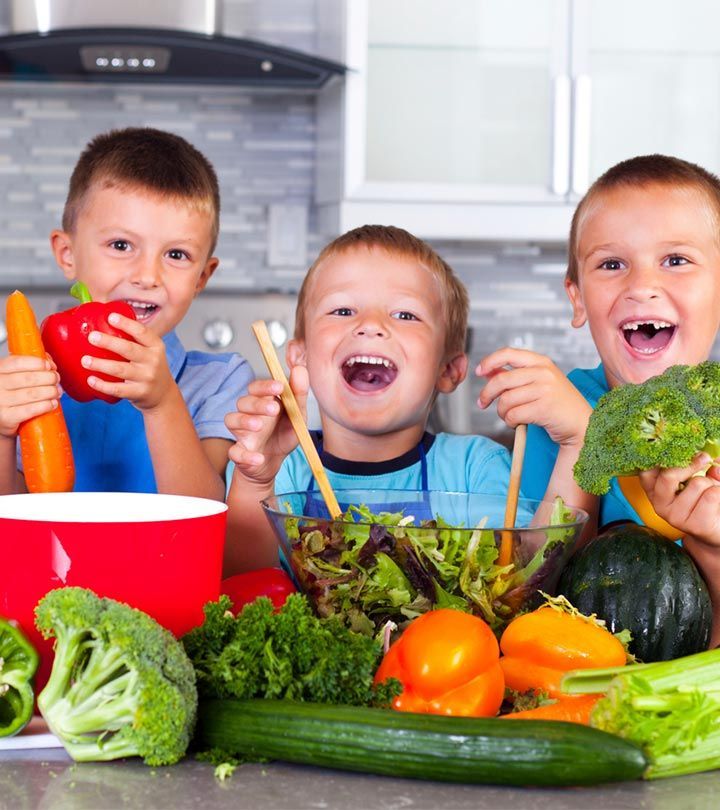
There are ways you can still give some of the above foods while making them easier to eat and less hazardous to swallow. For example:
Grapes or cherry tomatoes, cut in half
Creamy peanut butter spread thinly on whole-grain bread that’s cut into small squares
Hot dog, cut lengthwise and then cut into small 1/2-inch pieces.
Note on Food Allergies
Medical experts once recommended that parents avoid feeding their babies eggs, fish, and peanut butter since babies may be allergic to these foods. However, it’s now recommended that you introduce these foods early—while keeping a close watch for any reactions—since this approach can help reduce your child’s chances of developing food allergies. Before introducing peanut butter or peanut products, consult with your baby’s healthcare provider. Your baby is more likely to be allergic to these foods if
food allergies run in your family
your baby is known to have an egg allergy
your baby has eczema.

The Bottom Line
It’s time to introduce finger foods to your baby when you see that they’re able to sit up on their own, start bringing their hands to their mouth, and can use a pincer grasp to hold onto small items, like finger foods. This development happens around the age of 8 or 9 months old, but you may see it sooner or later in your baby.
In the beginning, you’ll want to introduce finger foods that are soft and easy to swallow, since babies at this age tend to swallow instead of chew even if they have a few baby teeth. Think steamed veggies and soft fresh fruits. You can also introduce whole-grain bread, crackers, cereal, or pasta if they’re cut into small pieces. Chicken, mild cheese, and scrambled eggs are also great options when served in small pieces.
Avoid hard foods like raw veggies and fruits, as well as chunks of nut butter, cheese, and meat. Whole nuts and seeds are not recommended, nor are chewing gum, candies, hot dogs, or meat sticks.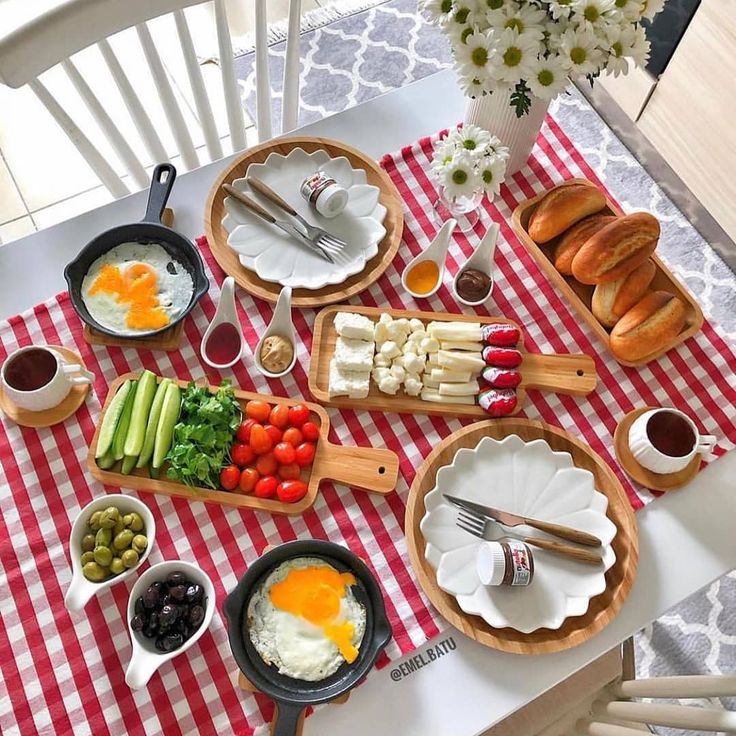 All these items can pose a choking hazard.
All these items can pose a choking hazard.
Transitioning to finger foods is a big step in your baby’s development and independence. Letting your baby self-feed with finger foods may be a bit messy at first, but you’ll both get the hang of it. Learn more about developmental milestones for your 9-month-old baby.
13 Best Finger Foods for Baby
Introducing finger foods for baby is an exciting and nerve-racking time. Between the mess, possible allergies and potential choking hazards, it’s enough to give some parents white knuckles as they hover over the high chair. But while you should certainly exercise caution, there are lots of great baby finger food ideas that will make mealtime fun and nutritious, and let your growing child practice the important art of self-feeding.
In this article:
When can babies eat finger foods?
Baby finger food safety
How to introduce new finger foods for baby
Best finger foods for baby
When Can Babies Eat Finger Foods?
There’s no hard and fast rule in terms of when babies can start eating finger foods, says William Dietz, MD, PhD, director of the Sumner M.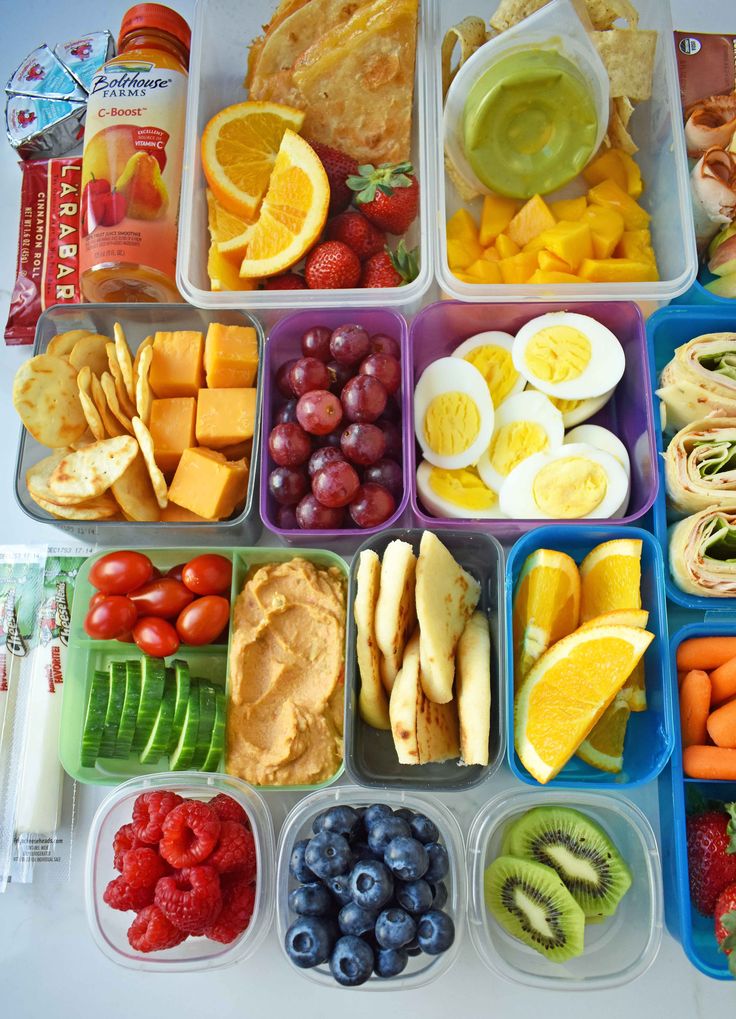 Redstone Global Center for Prevention and Wellness at the Milken Institute School of Public Health at the George Washington University in Washington, DC, and co-editor of the American Pediatric Association’s (AAP) Nutrition: What Every Parent Needs to Know. Rather than focusing on baby’s age, says Dietz, “the first indicator you should look for is that the baby is interested.” So how can you tell when baby’s interest is piqued? Reaching for the food as you’re feeding her, grabbing the bowl or spoon, putting the spoon in her mouth and fussing when she sees you eat (because she wants in!) are all signs your child may be ready. “Babies generally want to feed themselves,” Dietz says. “That’s a normal drive.”
Redstone Global Center for Prevention and Wellness at the Milken Institute School of Public Health at the George Washington University in Washington, DC, and co-editor of the American Pediatric Association’s (AAP) Nutrition: What Every Parent Needs to Know. Rather than focusing on baby’s age, says Dietz, “the first indicator you should look for is that the baby is interested.” So how can you tell when baby’s interest is piqued? Reaching for the food as you’re feeding her, grabbing the bowl or spoon, putting the spoon in her mouth and fussing when she sees you eat (because she wants in!) are all signs your child may be ready. “Babies generally want to feed themselves,” Dietz says. “That’s a normal drive.”
Being able to sit independently is another good clue that babies are physically ready to try finger foods, says Susan M. McCormack, MA, senior speech language pathologist at Children’s Hospital of Philadelphia and a board-certified specialist in swallowing and swallowing disorders. If they can sit up in the high chair, then they might be ready to try their hand at finger foods.
If they can sit up in the high chair, then they might be ready to try their hand at finger foods.
Some guides suggest waiting to introduce baby finger foods until your child has mastered a pincer grasp—the ability to pick up small objects between the thumb and forefinger—but Dietz says this isn’t totally necessary. “Initially when children start to feed themselves, they don’t have a pincer grasp,” he says. “So they’re using their whole hand and putting their hand in their mouth. And that’s fine.”
If you’re waiting for your infant to sprout teeth before moving on from purees, think again. “Babies don’t need teeth to learn to eat solids and learn to chew,” McCormack says. Those strong little gums are perfectly capable of mashing up soft solids—if you’ve ever let baby teethe on your finger, then you have some idea of just how powerful they are!
Baby Finger Food Safety
When choosing the best finger foods for baby—whether you’re starting at 6 months or 9 months—experts agree that it’s best to begin with small pieces of soft food that dissolve easily.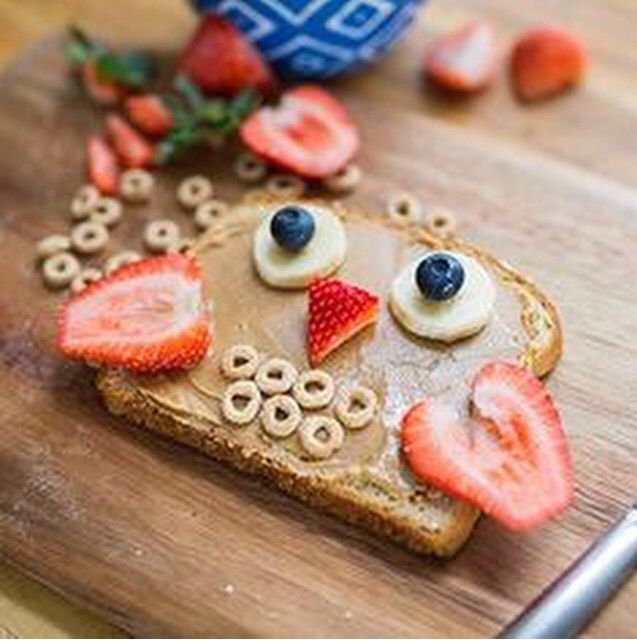
As your infant grows and becomes comfortable eating finger foods, you can branch out, McCormack says. “As a baby develops better tongue patterns to control food pieces as well as more mature chewing, he can better ‘chew’ the foods that break apart, like pieces of fruits and vegetables. A one-year-old can also bite off pieces of food that a 6-month-old can’t.”
Avoid giving baby finger foods that are large, sticky or don’t dissolve easily, because they’re potential choking hazards, Dietz warns. He suggests steering clear of foods like hot dogs, carrots, nuts, grapes, popcorn, candy and globs of peanut butter.
Another thing to keep in mind when you’re picking out the best finger foods for babies is that a lot of adult foods—particularly snacks—can be super salty. “Often parents will doctor a food so it appeals to their tastes, and their taste may have bigger amounts of sodium than a baby’s taste,” Dietz says. When preparing food for baby, leave out the salt whenever possible. (You can always add it separately to your portion if you’re cooking for the family).
(You can always add it separately to your portion if you’re cooking for the family).
How to Introduce New Finger Foods for Baby
When babies first start on finger foods, breast milk and formula will still be their main source of nutrition, followed by purees. You should continue to spoon-feed your child initially, “but during the feeding process, they should also be allowed to feed themselves,” Dietz says. Put some finger food on her high-chair tray and let her try to get it into her mouth in between the spoonfuls of food you’re feeding her. If she gets really frustrated, go ahead and help her out.
Most important, follow your child’s cues and “let your baby be the guide,” McCormack says. If he doesn’t respond positively, take a step back and try again later. But keep in mind that babies often crinkle up their faces when they try something new, which can look like they don’t like something, Dietz says. It can take up to 20 times before they’re used to certain foods. “Parents shouldn’t force food, but they should be persistent in offering,” Dietz says.
McCormack also suggests easing into finger foods by offering thicker purees with a bit of texture to them. “Try alternating bites of the smooth puree with a slightly thicker or mashed food to help your baby get used to the new textures in her mouth,” she says.
Remember, too, that this is a messy process. Parents might want to lay newspaper or an easy-to-clean vinyl tablecloth on the floor, since it’ll be a while (like, years) before your kid manages to get more food in his mouth than on the floor, Dietz advises.
Finally, never leave baby unattended while she’s eating, and keep an eye out for signs of choking. It may be tempting to hold off on introducing finger foods until your child is older, but helping baby develop this skill has multiple benefits, McCormack says, including “development of independence, fine motor skills and self-feeding skills, as well as development of oral patterns to support texture progression.” Whether you start baby finger foods at 6 or 9 months, just follow baby’s lead and let him have fun with it.
Best Finger Foods for Baby
If you’re looking for baby finger food ideas, think about options that are soft, small and easily gummed. Here are a few of the best finger foods for baby to get started—including finger foods for baby with no teeth! While the same finger foods are as appropriate for a 6-month-old as they are for a one-year-old baby, you can begin to offer slightly larger pieces that they can bite off themselves as they become more confident. Stick with these healthy options, and you’ll start baby off on the right path for healthy eating.
Image: The Bump
1. Puffs and dry cereal. Puffs and O-shaped dry cereal are some of the most popular first finger foods for good reason: They let baby practice the pincer grasp by picking up one at a time. And as McCormack explains, they also “mix well with saliva and are easy for the infant to manage in their mouth without choking.”
2. Teething biscuits and lightly toasted bread. Teething biscuits and small pieces of lightly toasted bread are another great starter finger food, since they soften quickly. Just note that some breads can turn gummy and stick in baby’s mouth; lightly toast the bread and cut into very small pieces to avoid a choking hazard. As baby gets older (around 9 to 12 months), you can offer slightly larger pieces or serve bread topped with mashed banana or avocado, or a super-thin layer of hummus or peanut butter.
Just note that some breads can turn gummy and stick in baby’s mouth; lightly toast the bread and cut into very small pieces to avoid a choking hazard. As baby gets older (around 9 to 12 months), you can offer slightly larger pieces or serve bread topped with mashed banana or avocado, or a super-thin layer of hummus or peanut butter.
3. Scrambled eggs. Doctors used to advise waiting to introduce eggs, but the AAP now recommends early exposure to potentially allergenic foods. Which is great news, since scrambled eggs are an ideal early finger food! Keep your love of runny yolks to yourself for now, however, and cook those eggs thoroughly, cut into small pieces and avoid adding salt.
4. Soft fruit. Very ripe fruit is naturally soft, making them some of the best finger foods for babies. Ripe banana, peach, watermelon, raspberries, blueberries and cantaloupe cut into small pieces are all great finger food options.
5. Avocado. A rich source of omega-3 fatty acids—which can help boost baby’s brain development—avocados are, like puffs, often one the first baby finger foods, even when your little one has no teeth.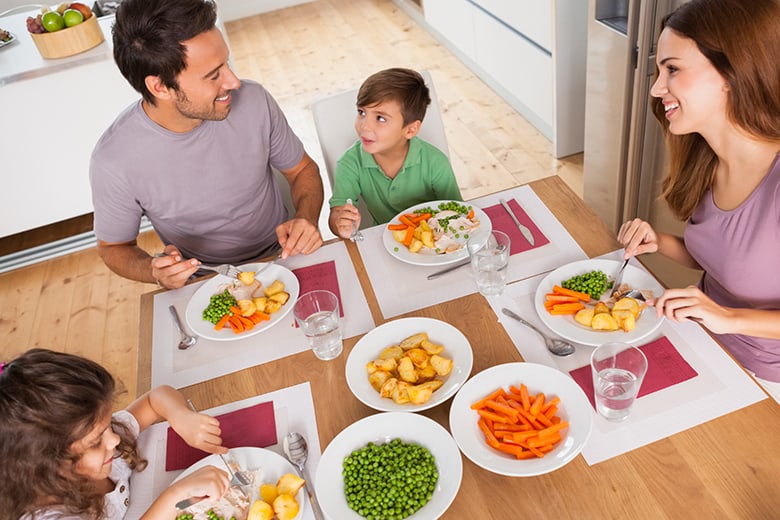 Be warned: Avocado can get messy fast, but it’s well worth it (and can result in some hilarious pics for the baby album).
Be warned: Avocado can get messy fast, but it’s well worth it (and can result in some hilarious pics for the baby album).
6. Pasta. Though recipes often recommend cooking pasta al dente, when it comes to feeding baby, you’ll want to slightly overcook it so it’s nice and soft. To start, try small pasta shapes like orzo or mini shells, or cut up fusilli or penne. Initially serve it plain, but as baby is introduced to more foods you can toss the pasta in a little butter, olive oil or low-sodium tomato sauce.
7. Tofu. Whether cooked or uncooked, tofu is a wonderful plant-based source of protein and a perfect finger food for babies. Opt for firm tofu, which is still quite soft, as opposed to soft or silken tofu, which will likely fall apart in baby’s hand and frustrate her.
8. Cooked vegetables. Though it will be a while before baby can hit the crudités platter, cooked vegetables make excellent baby finger foods. To get the most nutrients out of your vegetables, steam or roast them until soft, and, of course, cut them into small pieces.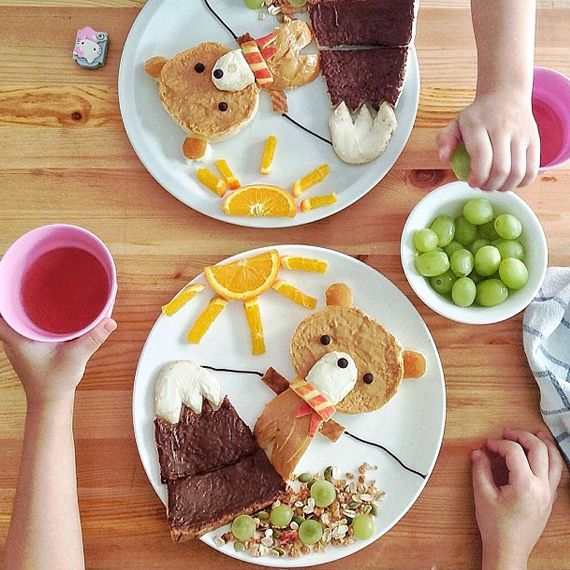 Try sweet potato, carrot, broccoli, cauliflower or beets (opt for yellow beets for less mess) to start. As baby gets bigger, you can offer steamed carrot sticks or peeled, roasted sweet potato wedges.
Try sweet potato, carrot, broccoli, cauliflower or beets (opt for yellow beets for less mess) to start. As baby gets bigger, you can offer steamed carrot sticks or peeled, roasted sweet potato wedges.
9. Cheese. If baby has shown no signs of a dairy allergy, then it’s perfectly safe to introduce soft cubes of cheese as early as 6 months. Opt for small bites of a pasteurized cheese that’s soft but not overly sticky or stinky, like Monterey Jack or cheddar.
10. Beans. Looking for more protein-rich, vegetarian baby finger foods? Try beans. Opt for canned, low-sodium beans for convenience, or soak and cook dry beans yourself to save money (they’ll freeze well too!). When first introducing beans, smash them just a bit between your fingers before serving to baby.
11. Homemade muffins. While store-bought muffins are often loaded with sugar, there are plenty of healthy muffin recipes out there. Use whole-wheat flour, sweeten with applesauce instead of sugar and add healthy ingredients like mashed banana or grated zucchini.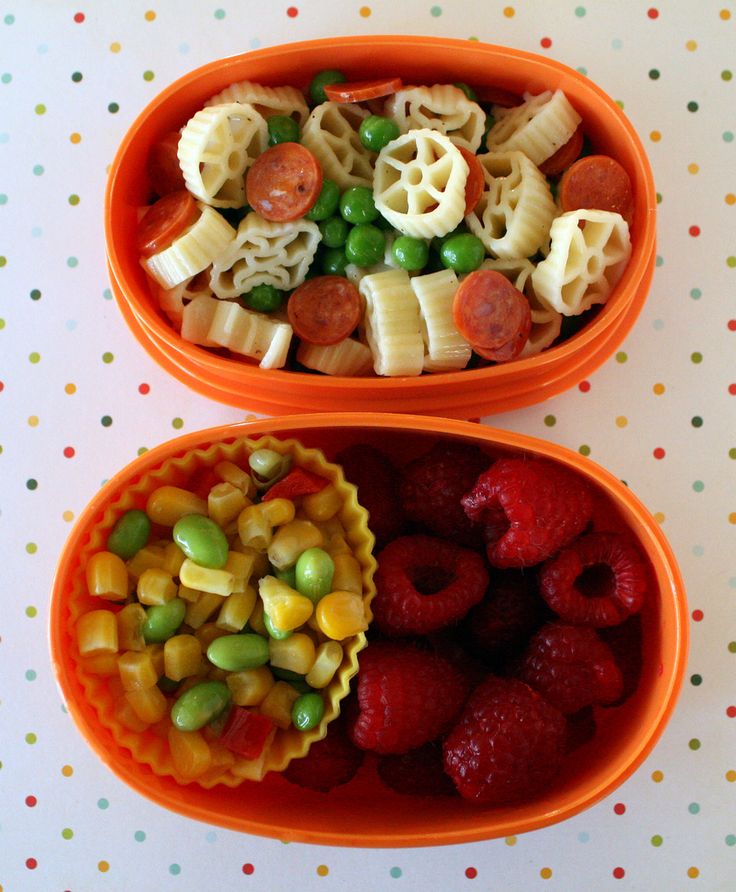 Bake in a mini muffin tin or use a standard-size tin, and, once baked, break off into small pieces for baby.
Bake in a mini muffin tin or use a standard-size tin, and, once baked, break off into small pieces for baby.
12. Meat. After soft foods, diced chicken breast and ground beef are pediatrician-approved next-stage finger foods for baby. Just make sure they’re thoroughly cooked and cut into very small pieces.
13. Fish. Fish is another allergenic food that doctors now say can be introduced before baby is a year old. Be sure it’s thoroughly cooked, and opt for a low-mercury fish like flounder, cod or salmon. Most important, make sure to remove any tiny bones.
Please note: The Bump and the materials and information it contains are not intended to, and do not constitute, medical or other health advice or diagnosis and should not be used as such. You should always consult with a qualified physician or health professional about your specific circumstances.
Plus, more from The Bump:
Baby-Led Weaning Basics
Why Variety Matters in Baby’s First Foods
The Dos and Don’ts of Homemade Baby Food
What to cook for a child's birthday.
 Ideas in pictures! | Holiday again!
Ideas in pictures! | Holiday again! I'm not only the author of the website "Snova Prazdnik", which describes children's programs and gives free scripts, but also an experienced adult mother of two children. My son is 8, my daughter is 18, and during all this time I spent a lot of children's home holidays.
I always cooked myself, I share my experience.
Main principles
It's beautiful, but fast
One of the main mistakes of many mothers is choosing beautiful and complex canapes and sandwiches with a bunch of small details (ears, peephole, spouts) that cannot be made the day before the holiday, and for which there is almost never enough time before guests arrive. On the pictures on the Internet, everything looks cool, but it is insanely difficult to repeat this with an inexperienced hand. For example, design one sandwich, and put the plate to “zapchati”. Children themselves can spread the eyes on their personal sandwich.
It takes a very long time to make these penguins from olives, carrots and cheese. I checked!
I checked!
It's common
Don't even argue. I had the opportunity to make sure that children do not like the new experimental salads. They are generally alarmed by a mixture of 3 or more products. Of course, you can cook something original, adult guests will eat it, if anything, but you must have “on duty” chicken cutlets, mashed potatoes, pastries with the usual fillings, etc. Fantasy can be shown when serving all these dishes.
It's not harmful
The Internet is full of battles in the comments of parents with different opinions. Some believe that it is not scary to offer pizza, fries and hamburgers once a year, flavored with mayonnaise and ketchup. Others insist that food should not be harmful on any day of the year. Endless argument, I don't interfere. It is definitely worth avoiding too fatty, salty, fried (suddenly one of the guests has problems with the pancreas), soda and other drinks with aggressive dyes.
Age appropriate
I think this is understandable.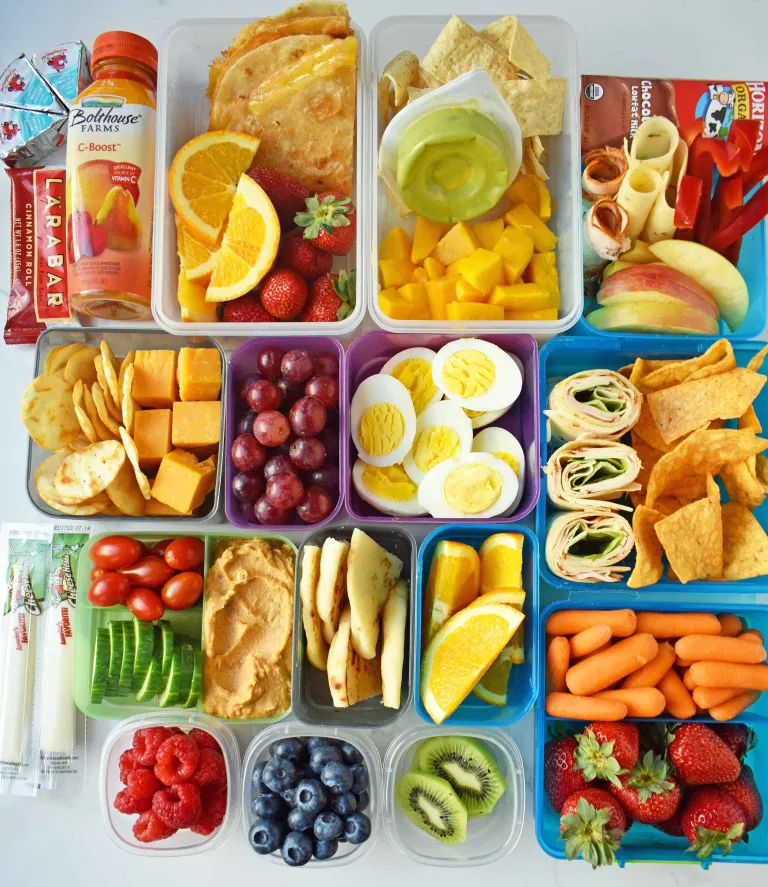 Even now, parents of two-year-old and ten-year-old children read the article. Naturally, there are restrictions for every age. If guests from 2 to 10 years old gather for a holiday (this often happens at family events), it is better to cook several options for dishes.
Even now, parents of two-year-old and ten-year-old children read the article. Naturally, there are restrictions for every age. If guests from 2 to 10 years old gather for a holiday (this often happens at family events), it is better to cook several options for dishes.
You can eat it neat
Yes, that's a problem. Children come to the holiday in lush snow-white lace or simply in expensive fashionable clothes. A drop of red juice or ketchup, smeared blue cream on a cake, berry stains, etc. often spoil all this beauty forever.
Plenty of drinking water
Many children can only drink water. Sweet-sweet juice that you have prepared can make you even more thirsty. Be sure to mark small water bottles with different bright labels so that everyone knows “their own water”. After an active game program, you want to drink a lot, make a sufficient supply.
Three rounds
Children don't like feasts. Most guests eat little and quickly.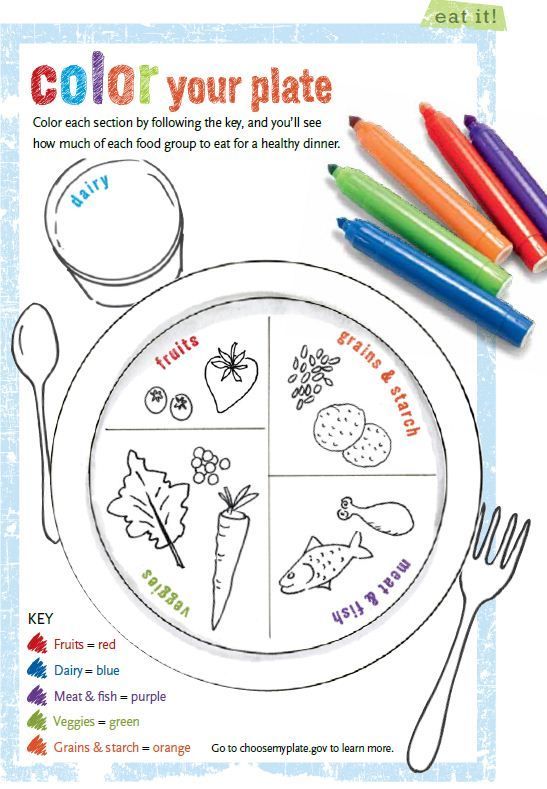 Let there be 2-3 sets of 5-10 minutes. While the guests are gathering - light snacks, then played. Hot meal, entertainment again. Cake, good evening everyone, goodbye. At a home holiday, you can allow such gastronomic breaks, no animator will rush.
Let there be 2-3 sets of 5-10 minutes. While the guests are gathering - light snacks, then played. Hot meal, entertainment again. Cake, good evening everyone, goodbye. At a home holiday, you can allow such gastronomic breaks, no animator will rush.
"Assemble canapes" constructor
This is also my personal experience. Once I saw enough of beautiful and tasty canapes, I decided to make 5 types of 20 pieces for the children. The result was disastrous. My whole idea with a combination of cheeses, berries, grapes, ham with vegetables and fish with lemon failed.
Comments poured in: “But I don’t eat bell peppers”, “Ugh, unhook the fish, I just want an olive”, “I’ll have blueberries, but I won’t eat cheese”, etc. Adults then finished eating this “battlefield” disassembled into its component parts with canapes.
I took into account the experience, suggested next time empty skewers and small bowls with olives, cheese, slices of cucumbers, tomatoes, bell peppers, lemon, slices of ham, chicken fillet, lettuce leaves and sprigs of greens.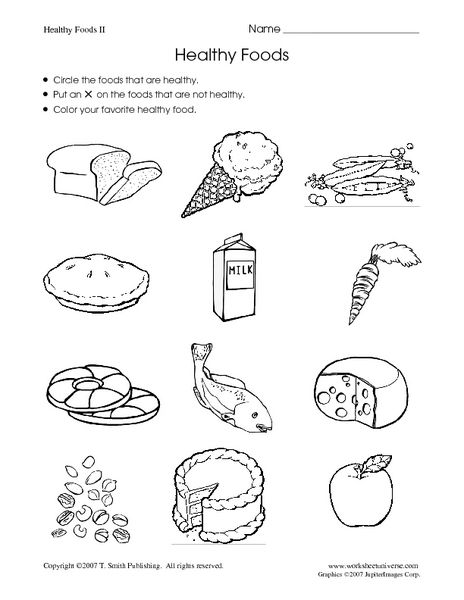 More squares of white and black bread (3x3 cm).
More squares of white and black bread (3x3 cm).
It was a hit! You could fold your own canape and give it an unusual name. Teach children how to skewer food so that they do not touch the common plates with their hands.
By the way, I have a free script for a home cooking quest, I recommend it! This is "Ratatouille" - about a rat and the spirit of a great cook. Any mother can conduct, all materials (pages of the book) can be downloaded. Lots of puzzles and culinary experiments.
Main course
It's hard to write all the recipes here, I'll throw in a couple of ideas from my own experience.
Chicken skewers (grilled and oven cooked)
This is my go-to dish. Many parents complain, but they themselves do not have time to try the kebabs, as the children quickly eat everything. They are made first in a frying pan, then 30 minutes before serving - in the oven. It is convenient for mom, since there is no need to stand at the stove when guests gather, and preparations can be made in advance.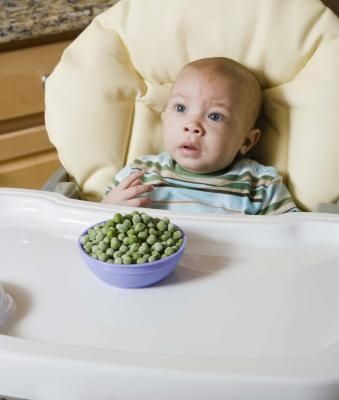 Sparing marinade - sour cream, olive oil, lemon.
Sparing marinade - sour cream, olive oil, lemon.
Here is a detailed recipe for chicken skewers in pictures.
Pigs
Here you need the ability to sculpt from ready-made puff pastry, but the result is cool.
Defrost a square of dough. Cut the chicken fillet into pieces, thinly beat off, salt and lightly pepper. In some pieces we wrap a block of cheese (this is for piglets), and in other chops we put prunes.
Now roll the ones with cheese , and the ones with stuffing from prunes . If you are worried that not all children will like prunes, do it with cheese only.
Lightly roll out the puff pastry, cut into squares and wrap the meat rolls in it. Ears and nose and tail are sculpted separately and attached to the "carcass".
Roll out the other part of the puff pastry and cut into thin strips. Wrap around the meatballs to form a ball.
Put together on a baking sheet, generously brush with egg yolk.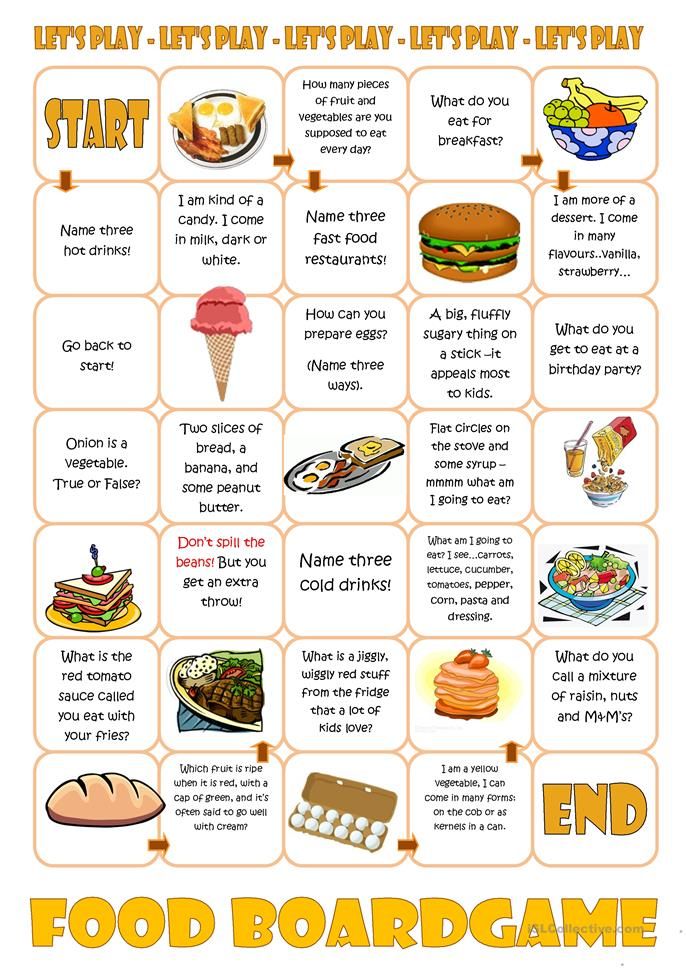 45-50 minutes in the oven at 200 degrees (at the end can be reduced to 180). What sweethearts… 🙂
45-50 minutes in the oven at 200 degrees (at the end can be reduced to 180). What sweethearts… 🙂
Chicken balls
I used to make all sorts of mouse-hedgehogs out of them, using pieces of different products. Then it got tired of me, I began to stick bright pictures on sticks (they are called “cupcake decorations”) on the theme of the holiday or ordinary skewers. You can easily find Disney princesses, pirates, and all sorts of different super-heroes. I had to print out Sherlock Holmes and attach it to toothpicks myself, but this can be done in advance.
My recipe: fry 2 onions in sunflower oil, combine with 1 kg of chicken fillet, add 100 g of soaked bread to 100 g of milk. Salt, pepper, remove the minced meat for 2-3 hours in the refrigerator. Fry the balls over high heat until a crust forms, then bring to readiness in the oven for another 30 minutes.
Assembling your own hamburger with homemade cutlet
It is incredibly difficult to organize a children's party on your own, so I personally rejoice in every way to entertain restless guests.
This 5-minute hamburger maker's workshop with your homemade round patty is sure to please. Here again it is easy to cut off the vagaries “I don’t like tomatoes, pickles, onions, lettuce, cheese”. Let them do what they love. From buns and cutlets. Or vice versa, only with tomatoes and cheese)).
I buy ready-made (small) sesame buns, I don't offer sauce and mayonnaise to small ones.
Small pies with various fillings
Also a good idea, but it's better to make pies baked, not fried. The size of the pies is "one tooth". My guests, even the most capricious, gladly agree to a pie with potatoes and a meat pie. Experiments with salted cottage cheese and greens, cabbage and fish pies are a success with parents, children do not like it.
Do not be too lazy to mold pies of different shapes so that you can tell by their appearance what kind of stuffing is “flying saucer” or “boomerang”.
I always make pancakes too. For adults, I suggest wrapping salmon or caviar, kids eat it with sour cream.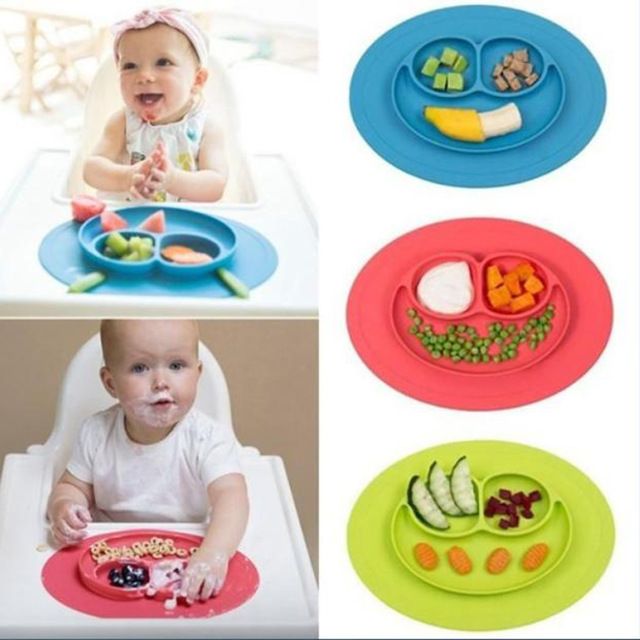
Duty puree (spaghetti)
This is for the most capricious. Well, the truth is, there are children who categorically refuse to eat something that looks different from what they are used to at home. And only mashed potatoes and pasta give them confidence that it is definitely edible.
Fruits and berries
Fruit pampering (do-it-yourself game again)
This is also like a canape constructor, only from chopped fruits, Let them collect grapes, banana wheels, pieces of apples, pears, watermelon, strawberries on a skewer etc.
Glasses with berries
This is usually placed on a table with sweets (there is no Russian name, we borrow the English candy bar). Just plastic or cardboard cups with a mixture of washed berries. It is better, of course, not to give to children under 5 years old, they will get dirty.
Just put them before the start of the holiday, as this is the first thing children grab. Everyone likes small individual portions of beautiful berries, there is no strength to hold on.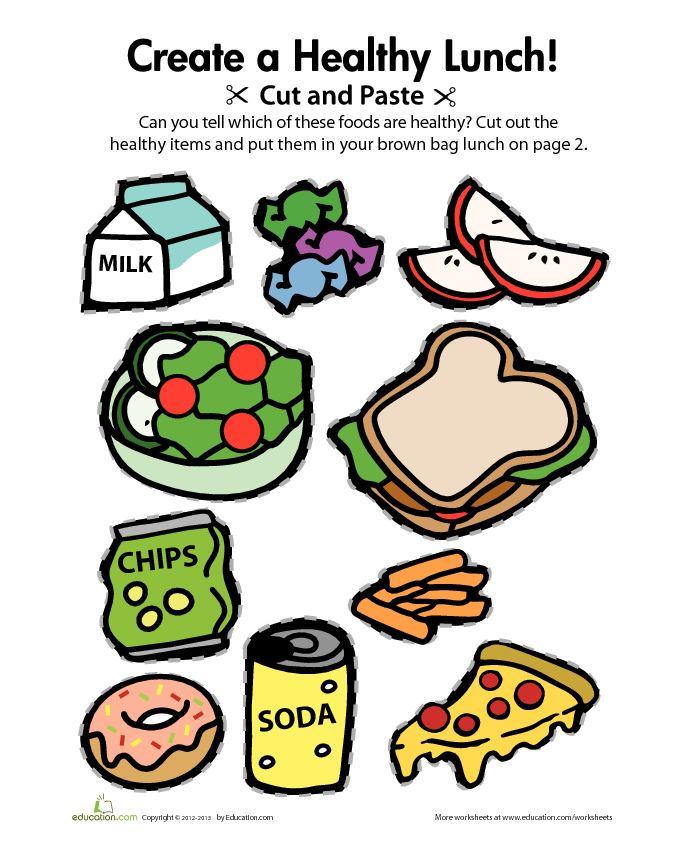 Let them eat hot first!
Let them eat hot first!
Fruit hedgehogs
With this name and this example, I call for a simple cooking class. Everyone always gets a hedgehog, you can even take it home for mom in a small gift bag. You can not eat right away, just use the fun at the moment when you need to pacify overexcited guests.
Sweets
There is no consensus here either. Of course, in all the beautiful photos of children's birthdays there are breathtaking cakes with mastic to order. They are not only beautiful, but also delicious, with natural dyes, with low-fat yogurt instead of cream, etc.
My ideas are for ardent opponents of such cakes. And in general, any products with cream at children's parties.
Sour cream casserole
Naturally prepared for very young guests (2-3 years old). Instead of cakes - layers of casseroles. Cream - fresh sour cream with sugar. Decorations - fresh berries and colored sprinkles.
Meringue
Safe and can be prepared in advance.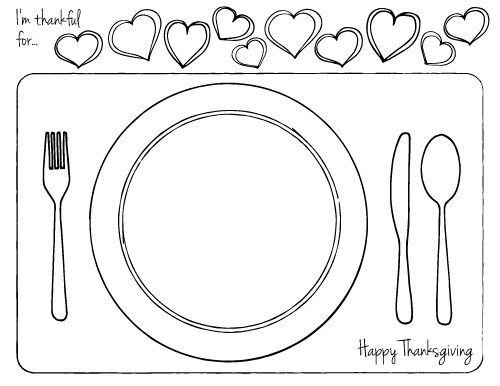 There are few secrets: cold proteins, into which not a single drop of yolk has fallen, a whisk mixer at medium speed (a blender will not work), add sugar gradually. Beat the egg whites into a strong foam (4 egg whites, 1 cup of sugar), put on greased paper with a spoon or a pastry bag, bake for 1.5-2 hours at a temperature of 100 degrees. The oven must be turned on beforehand. You can tint part of the protein with beetroot juice or natural dyes in bags.
There are few secrets: cold proteins, into which not a single drop of yolk has fallen, a whisk mixer at medium speed (a blender will not work), add sugar gradually. Beat the egg whites into a strong foam (4 egg whites, 1 cup of sugar), put on greased paper with a spoon or a pastry bag, bake for 1.5-2 hours at a temperature of 100 degrees. The oven must be turned on beforehand. You can tint part of the protein with beetroot juice or natural dyes in bags.
Gingerbread cookies
It's not the biscuits that matter, but the fun. Painting gingerbread. If you find Dr.Oetker sugar drawing pencils for drawing, it will be great. Most often I make little men “like from Shrek”, the children squeeze the icing out of the tubes and immediately eat it. Here is the prescription.
Marshmallows and berries in warm chocolate
This game is suitable for children from 7 years old. The cafe offers a chocolate fountain or chocolate fondue (a special heated thing), and you can simply melt milk chocolate in a water bath and invite guests to dip pieces of biscuit, marshmallows, strawberries into warm chocolate on long skewers.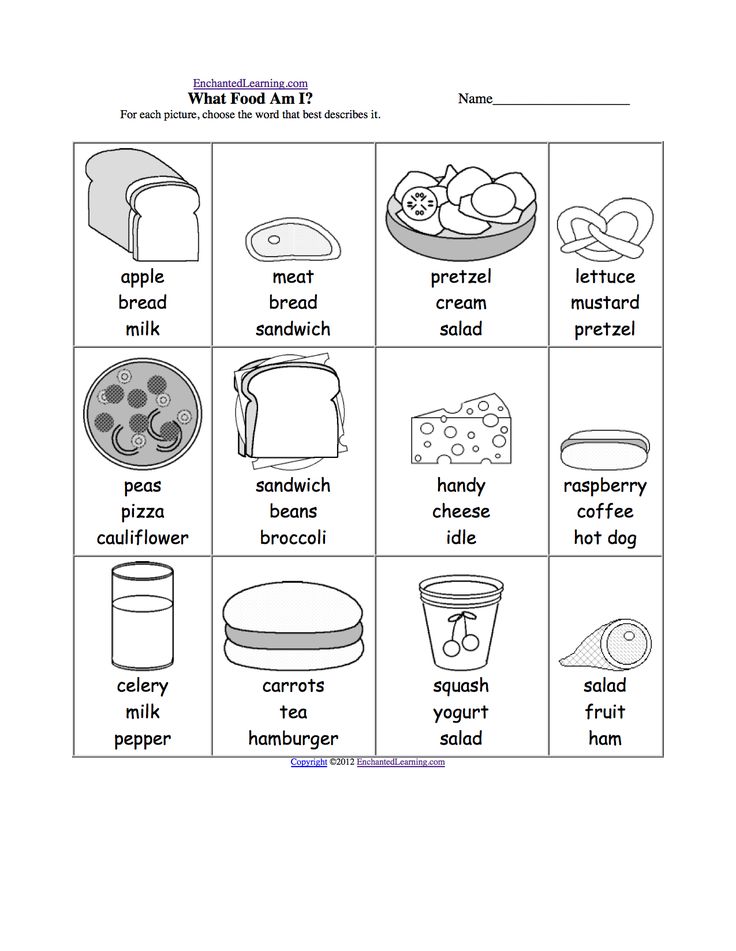 Fragrant, delicious and fun!
Fragrant, delicious and fun!
Ready-made sets for decorating a table and a room for a birthday
There are tablecloths, candles, packages, invitations, caps, napkins, plates and cups, balls and garlands to decorate a children's party of any theme!
It is very convenient to buy themed sets. For example, "Minions", "Funny Pirates", "Hello Kitty", "Princesses", "Spider-Man", "Fixies", "Cars", "Masha and the Bear", "Just you wait", "Barbie", "Chuggington Engines " etc.
Fun programs for children's parties
Snova Prazdnik website is a collection of ideas for children's and adults' holidays. There are a lot of interesting things here, here are the most popular articles of the article:
- Competitions for a children's holiday (more than 100 for different ages) - there are links to scripts for programs and quests for children from 1 to 14 years old.
- A selection of prizes for children for participating in competitions - my tips for choosing small souvenirs for guests with specific examples.

- Baby's Birthday: How to Decorate a Room: Useful tips with pictures for those who are ready to do the decor themselves.
Call me regarding the organization of a children's holiday in Moscow and the Moscow Region. Here is a list of all children's programs with prices.
Meals for a child’s birthdayAgain Holiday
Contact person: Panasyan Irina
Write to me: [email protected]
Call: +7 (925) 730-88-50 (Moscow)
All mothers want each child's birthday to bring him joy and be remembered as the most pleasant and joyful day. Accordingly, you want to cook special dishes.
Children are different from adults and do not pay as much attention to food. For them, the main thing is the festive atmosphere itself, the presence of friends, gifts and pleasant surprises.
But mothers are mothers. Feeding children to satiety is in our blood. And many begin to refine themselves, cook a lot of all kinds of dishes that are not always suitable for children's stomachs.
Internet sites, when choosing dishes for a child's birthday , vying with each other offer real works of culinary art - salads and desserts in the form of all kinds of bunnies, squirrels, ladybugs and even "snakes". The latter even in me, an adult, cause a feeling of slight disgust and I don’t want to try such a “snake” at all. It is the same with other "animals". Cutting and then bursting the paws, ears and tails of harmless, cute little animals is somehow not very fun. Half-eaten dishes look especially depressing. Dismembered hares and headless and tailless tiger cubs are not a sight for the faint of heart..
So it turns out: a lot of work, money and time spent, mother falls down from fatigue, children overeat, do not want to have fun, “and the birthday is passing by” 🙁
This picture, of course, is a little exaggerated, but the conclusion is this: not need food to the bone. It is better to pay more attention to the preparation of the holiday itself, and not the table.
In light of the above, I bring to your attention two win-win ideas and recipes for dishes for your child's holiday table .
Motto: tasty, interesting and inexpensive.
Option one: Mom's McDonald's or MaMDonald's 🙂
Children love to go to McDonald's and although we all know about the dangers of fast food, no, no, yes, and look there. But an ordinary hostess can cook any of the dishes offered at home just as well, and it will cost several times cheaper. Even the founder of the McDonald's network, Ray Kroc, said that he does not make hamburgers the best, he knows how to sell them best.
Here is a caring mother who will make her own "Mamdonald's" for her child without preservatives, dyes, and other chemistry unnecessary for our children.
This menu for a festive table for a child's birthday includes what McDonald's usually offers in its menu:
- Cheeseburgers
- French fries
- Chicken McNuggets
- Fresh vegetable salad
- Fanta
- Ice cream or McShake
- Cake
- Fruit
Cheeseburgers
Products:
round buns with sesame seeds, cheese for sandwiches (special - each piece separately in a film), lettuce, tomato, meat for minced meat, or chicken or mixed)
Preparation:
minced meat we prepare cutlets (minced meat must be beaten well, and cutlets should be made flat, round and as thin as possible). Cutlets are ready - we form cheeseburgers: simply laying in cut buns: a lettuce leaf, a slice of tomato, a cutlet, cheese, a lettuce leaf.
Cutlets are ready - we form cheeseburgers: simply laying in cut buns: a lettuce leaf, a slice of tomato, a cutlet, cheese, a lettuce leaf. French fries
Products:
potatoes, vegetable oil for frying
Preparation:
Cut potatoes into large strips, dry a little with a towel. We fry in a saucepan with a thick bottom or a goose dish (in a large amount of boiling oil). Remove with a slotted spoon. Let the oil drain. Salt.
Chicken Mac Nuggets
Products:
chicken fillet, breadcrumbs, egg, milk, flour
Preparation:
Cut the fillet into cubes, salt and pepper. We dip each piece in flour, in an egg (beaten and mixed with milk) and in breadcrumbs. Fry until golden brown on each side.
Fresh vegetable salad
Products: Cabbage, tomatoes, cucumbers, onions, herbs, vegetable oil. (you can take other vegetables according to the season)
Preparation: Cut, salt, season with oil.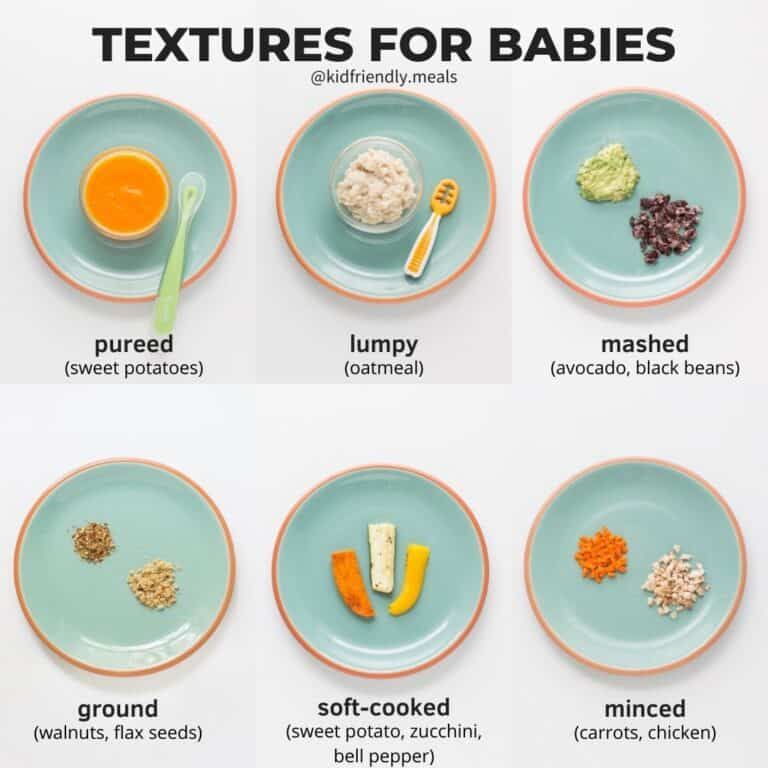
Homemade Fanta
Cooking Fanta syrup is a very concentrated drink that needs to be diluted.
Plain boiled water is suitable for dilution, but in order to make the drink as similar as possible to Fanta, which our children love, it is better to take highly carbonated mineral water (without any taste qualities)
Products: 7-8 tangerine peels (you can take dried), 2 kg. sugar, 6 teaspoons of citric acid.
Preparation:
Pour the crusts with three liters of boiling water, let stand for a day. We filter. Bring the liquid to a boil, but do not boil. We fill it with our already boiled crusts, after twisting them in a meat grinder. We hold on for another day. Add sugar, citric acid to the mixture, bring to a boil, turn off, cool, filter. We store in the refrigerator.
McShake (in other words, thick cocktail)
Ingredients: strawberries or other berries (frozen or fresh), powdered sugar, Plombir ice cream.
Preparation:
Blend all ingredients in a blender.
Option two "Hello from the Teenage Mutant Ninja Turtles"
These are the favorite characters of our children (especially boys), and the turtles' favorite food is pizza. Therefore, the main course of the second version of children's holiday table and there will be pizza. (If the child is not interested in stories of turtles or has already “grown up a little” from these stories, then we don’t say “hello from the ninja turtles” 🙂)
Menu of the second option:
- Pizza with chicken and pineapples
- Pizza with doctor's sausage and corn.
- Vegetable pizza
- Fresh vegetable salad or plain cut vegetables
- Fruit salad - Macedonia
- Italian ice cream Sambuc.
- Cake
Pizza (base)
Ingredients (for pizza with a diameter of 30 cm):
Kefir 300 ml, yeast 10 gr. warm up to warm. Add yeast, sugar. Put in a warm place so that the yeast “plays”. Add flour, mix thoroughly. In the end, the dough should be soft, but not stick to your hands. Sprinkle the dough lightly with flour, roll out a circle with a diameter slightly smaller than the form in which we will bake pizza. Lubricate the baking dish with vegetable oil and transfer the rolled out pizza base onto it. Leave in a warm place so that the pizza rises a little. As the base “grows”, we “flatten” it a little with our hands so that it takes up the entire shape.
warm up to warm. Add yeast, sugar. Put in a warm place so that the yeast “plays”. Add flour, mix thoroughly. In the end, the dough should be soft, but not stick to your hands. Sprinkle the dough lightly with flour, roll out a circle with a diameter slightly smaller than the form in which we will bake pizza. Lubricate the baking dish with vegetable oil and transfer the rolled out pizza base onto it. Leave in a warm place so that the pizza rises a little. As the base “grows”, we “flatten” it a little with our hands so that it takes up the entire shape.
While the base is rising, prepare the filling. It can be anything, but we remember that it is not advisable for children to eat smoked meats and fatty foods, so I offer the most acceptable options:
Pizza with pineapple and chicken
Products: chicken fillet 1 pc. (boil by throwing it into boiling, salted water), canned pineapples 4-5 rings or chopped 100-150 gr., ketchup, hard cheese 100-150 gr. mayonnaise 2-3 tbsp.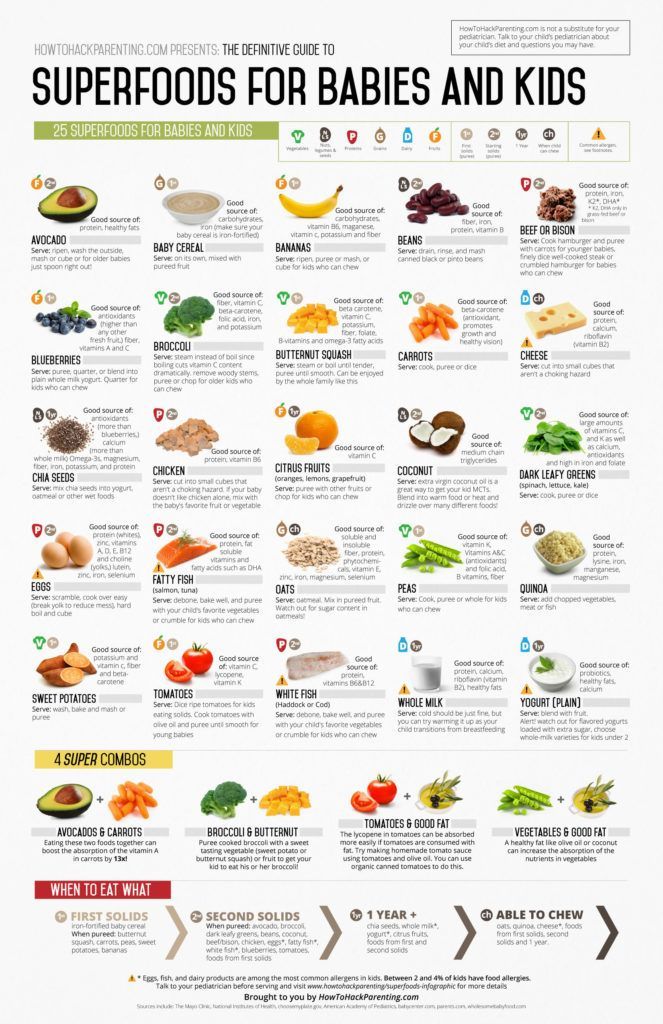 spoons, walnuts 3 pcs., pizza seasoning (I take a mixture of Italian herbs)
spoons, walnuts 3 pcs., pizza seasoning (I take a mixture of Italian herbs)
Preparation:
Lubricate the pizza base with ketchup, put the finished fillet, pineapples on the ketchup, sprinkle with chopped nuts.
Three cheese on a coarse grater, mix with mayonnaise and a spoon, in small portions, lay out on top of the pizza (in the oven the cheese will melt and take up the entire area of the pizza). Sprinkle with seasoning. Put the pizza in the oven preheated to 220 degrees and bake for about 20 minutes. Readiness is checked with a wooden stick. It is important that the pizza is baked under the filling.
Pizza with doctor's sausage and corn.
Products: doctor's sausage 200 gr., canned corn 0.5 cans, ketchup, hard cheese 100-150 gr. mayonnaise 2-3 tbsp. spoons, pizza seasoning
Preparation:
Everything is the same as in the previous one, only instead of fillet - sausage, and instead of pineapple - corn.
Vegetable pizza
Products:
Fresh tomatoes 2 pcs. , onion 1 pc., spinach - a small bunch, canned sweet corn 0.5 cans, hard cheese 200 gr. mayonnaise 3-4 tablespoons, seasoning.
, onion 1 pc., spinach - a small bunch, canned sweet corn 0.5 cans, hard cheese 200 gr. mayonnaise 3-4 tablespoons, seasoning.
Preparation:
Same pizza base. Filling: instead of ketchup, on the bottom of the pizza we spread as thinly as possible sliced tomatoes, onion rings are also very thin on them (if children don’t like onions, you can do without it), then corn, then spinach (tear the leaves), and the last cheese (a little more than in the previous two recipes) mixed with mayonnaise. Concludes this "procession" seasoning - a mixture of Italian herbs.
Bake in the same way as in the first and second cases.
As an option (if there are not many guests), you can bake one large pizza on the entire baking sheet and, conditionally dividing it into four parts, fill each with different contents. (Italians call this pizza Margarita in honor of the wife of one of the rulers of Italy, who according to some versions, and brought the recipe of this wonderful dish to the country).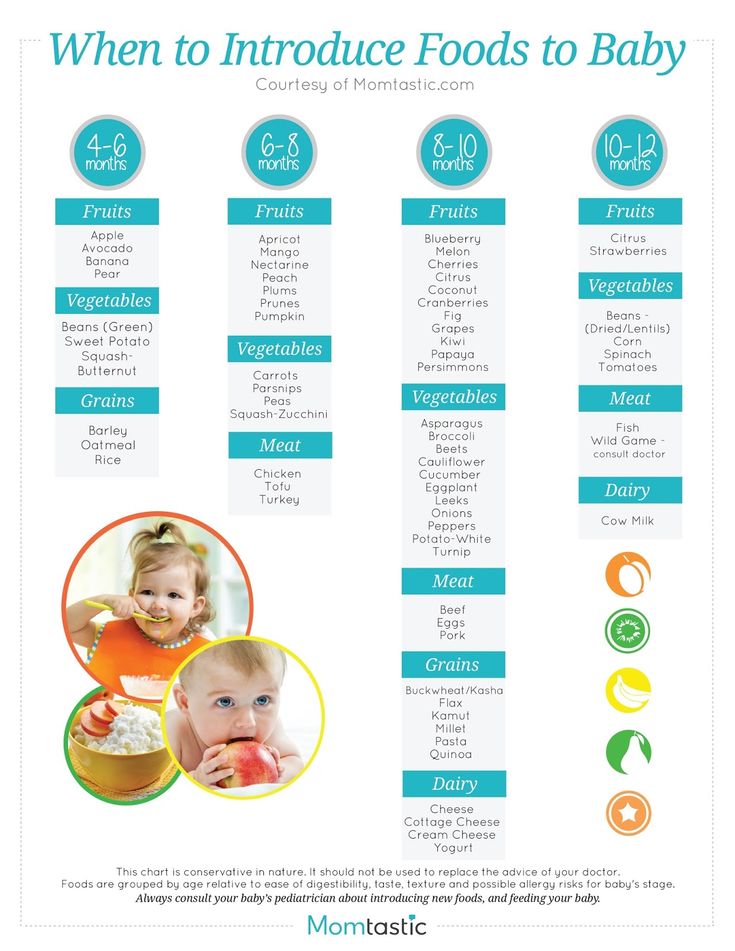
Macedonia Fruit Salad
Products: Apples, oranges, bananas, kiwi and whatever else you want, in approximately the same amount (you can take a little more of what you want to take as a basis), lemon.
Preparation: Cut everything into cubes, sprinkle with lemon juice, mix and refrigerate for 10-15 minutes. You can immediately lay out in portions in rosettes or bowls (after moistening their edges with water and dipping them in sugar so that it sticks beautifully around the edges).
Italian Sambuc
Products: Frozen fruits 300 gr., 1 egg white, powdered sugar 50 gr.
Preparation: Pour fruits into a blender, add powdered sugar, beat, add cooled protein and beat again.
And finally, a few tips:
- Do not immediately seat children at the table. Let them chat and play. Be around and at the most appropriate time, take a break for food.
- Meals for a child's birthday should be tasty but simple.

Learn more



